The top-level of global prototype racing has been an exclusive club in recent years, with only a few manufacturers fielding LMP1 cars in the FIA World Endurance Championship, and at times just the Toyotas driving competitively and reliably enough to win.
More recently, the Hypercar class felt more like Overhyped, with only five entries in this year’s 24 Hours of Le Mans, including a grandfathered-in LMP1 from Alpine.
That’s about to change with the introduction of the LMDh specification, which a half dozen different makes have committed to, including the likes of Porsche, Cadillac, and Lamborghini. Critically, these cars will be able to compete head-to-head against the Hypercars, which should make endurance racing’s top class look less like a private track day.
It’s a big enough shift in the racing landscape that even iRacing — notorious for multi-year delays in updating its prototype content — has already announced its plan to build the BMW LMDh car, likely the first of several giving their existing relationships with other LMDh makes.
That will also mean the end of an era for the LMP1 class on iRacing, removed from all official series in favor of the fresher LMDh machinery. That announcement set the clock ticking on a bucket list item of mine: to try to tame the LMP1s in racing competition.
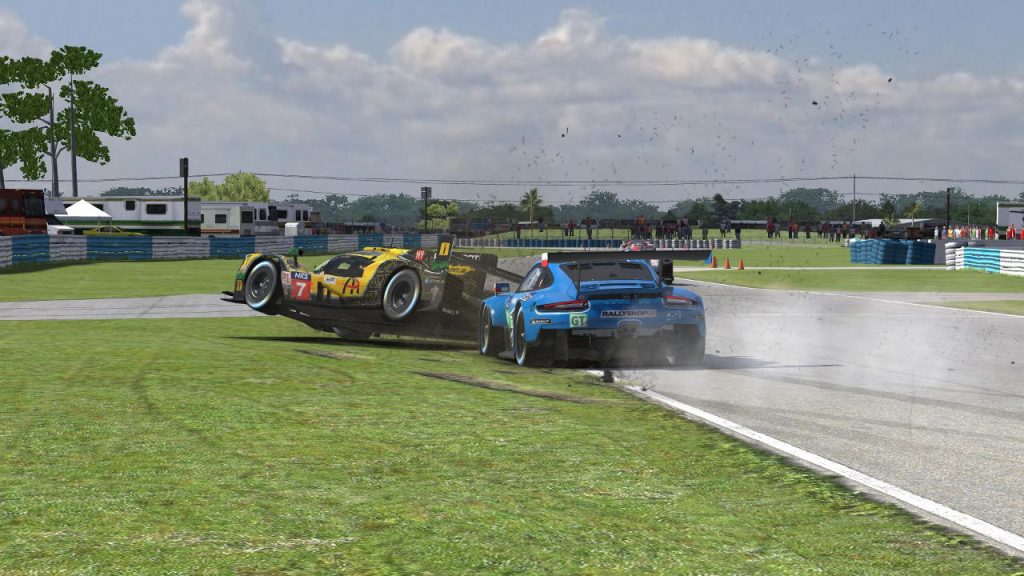
I’ve been on track with them plenty of times, most notably in the NEO Endurance Series, where they typically showed up as a blur while blasting by on the straightaways.
They also created some inopportune moments, such as when my teammate Karl was spun by an over-eager LMP1 car in the esses at Circuit of the Americas – not exactly a prime passing zone – in the early laps of a six-hour race.
Those on-track experiences, along with their unfamiliar hybrid systems that might as well come from a spaceship and my own preference for driving GT cars, had generally left a sour taste in my mouth concerning the LMP1s, so I never planned to compete in them myself.
And yet they had a tempting allure, as something so different from what I was used to driving, and as the top class in endurance racing, my favorite genre of motorsports. I also remembered my fun one-offs driving the old HPD prototype and the hybrid McLaren Formula 1 car, so I couldn’t help but crave a sample, just to see what surprises they might hold.
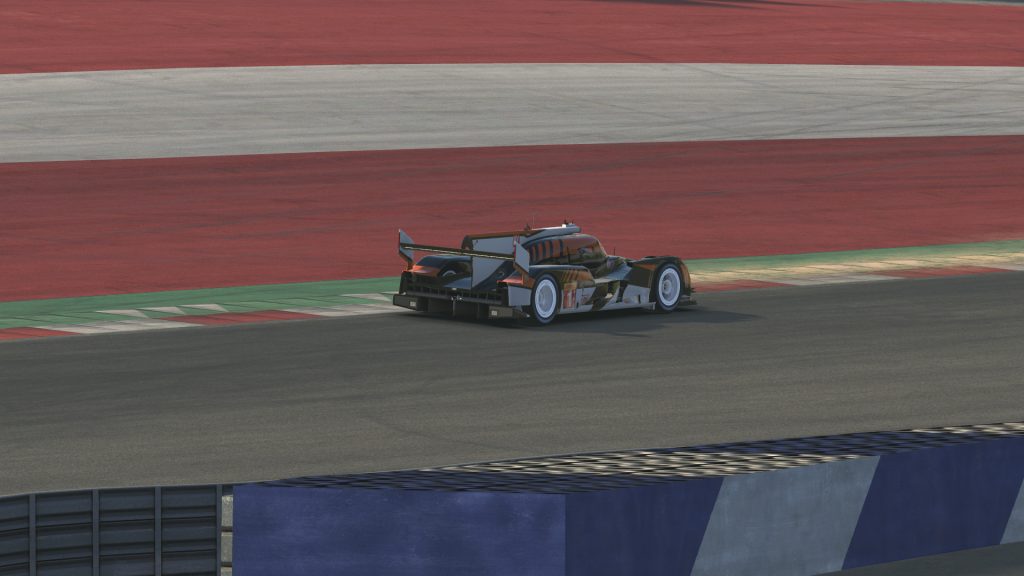
A (Red) Bull in a China Shop
Last week, the European Sprint Series – definitely not a direct copy of the World Endurance Championship, wink wink – headed to the Red Bull Ring. Its long straightaways and tight corners seemed like an ideal venue to try the LMP1s and their energy harvesting and deployment systems.
My initial practice laps were mainly spent learning how to use that hybrid technology. iRacing offers two deployment modes – automatic and manual – that don’t seem to have much detailed documentation available. Ultimately, the lack of any “beginners’ guide” was one challenge to trying these cars for the first time, and as I’d soon see, I had a lot more to learn about them.
The limited information I could find suggested that the Audi R18 tended to be quicker than the Porsche 919. That made my car choice even easier, since I have always been amazed by how quiet – and still how fast – Audi’s prototypes are.
After about an hour of practice, I entered the first official race of the week. With only 18 entries across all three classes, it seemed like a good way to get my feet wet in the LMP1 without diving head-first into a competitive race full of LMP2 and GTE traffic.
In qualifying, I surprised myself by earning the pole position in a field of five LMP1s. As I gridded up and prepared to lead the field to the start, I was imagining how I might settle into a rhythm up front, pace myself through traffic, and perhaps score an easy victory in my first race.
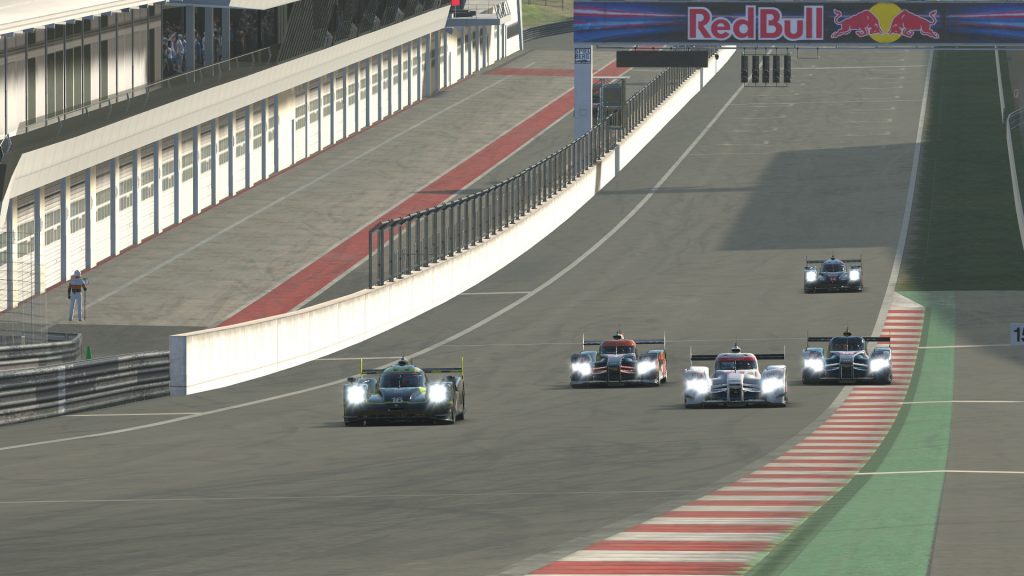
Not so fast. Literally.
My first lesson about driving the LMP1 in action was that you can boost before crossing the start-finish line and deploy stored energy from the pace lap. That realization hit me as three other cars passed me on either side, leaving me in fourth before we even reached turn 1.
The next lap started even more disastrously, as I half-spun in the first corner and was T-boned by the car behind. That was a rough reminder about the danger of cold tires on otherwise nimble prototypes.
Somehow, the car was largely undamaged and still drivable, so I continued and even caught one of the slower cars in the class. I discovered just how slow he was through the infield turn 7, where I caught him from three car lengths back under braking and bumped him straight off the track.
With blood on my hands, I was now the sort of LMP1 driver I despised. What happened next, then, felt like justice, even if it came at my own expense.
Exiting turn 4, I clipped the gravel beyond the kerb, which sent my car straight across the track and into the wall. Damaged, embarrassed, and disabled on the edge of the track, I quit after just five and a half laps of racing.
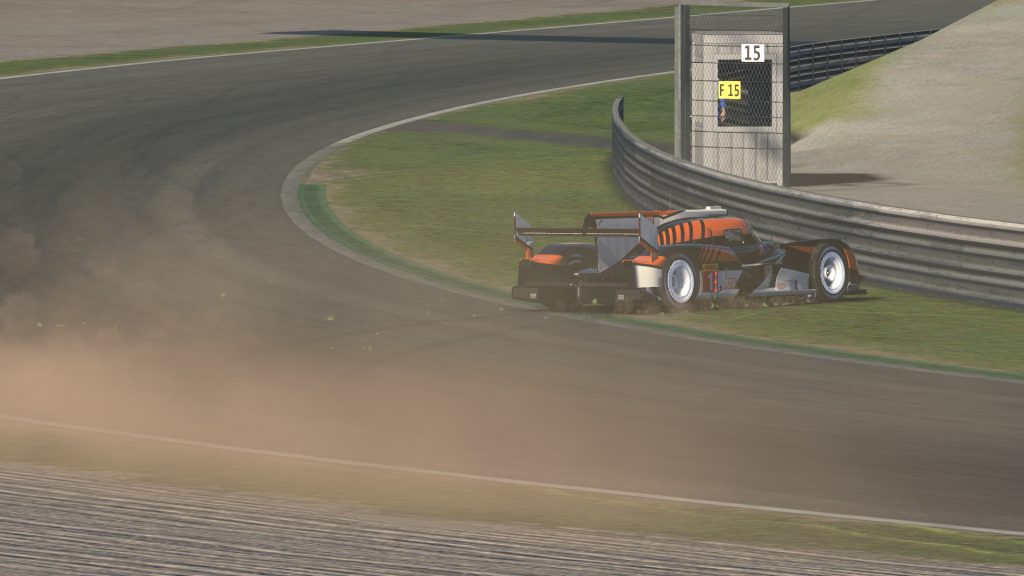
A Turn for the Worst
Although that first race was a clear failure, I tried to learn from my mistakes and practice a bit more before trying again a few nights later.
My second attempt came in a more populated session, with 28 cars including 10 LMP1s. This time, qualifying wasn’t such a success. Off-tracks on both timed laps doomed me to start at the back of the class, and from that failed qualifying session, I learned another lesson: despite their downforce, LMP1s can’t stop on a dime, and it’s still possible to overdrive corners and ruin a good lap.
This time, I at least knew the secret of the start, so I boosted coming to the green flag and gained a position. A spin for one of the leaders at turn 3 was worth another spot, and I made sure to take care of my tires to avoid making a similar mistake myself.
One more spin in the early laps opened up the track in front of me, so I set about running laps and trying to close in on the top five while working through traffic.
Just past the halfway point, I was preparing for the mandatory fuel stop and finishing another round of lapping GT traffic. But their class leader literally stopped me in my tracks after an apparent miscommunication.
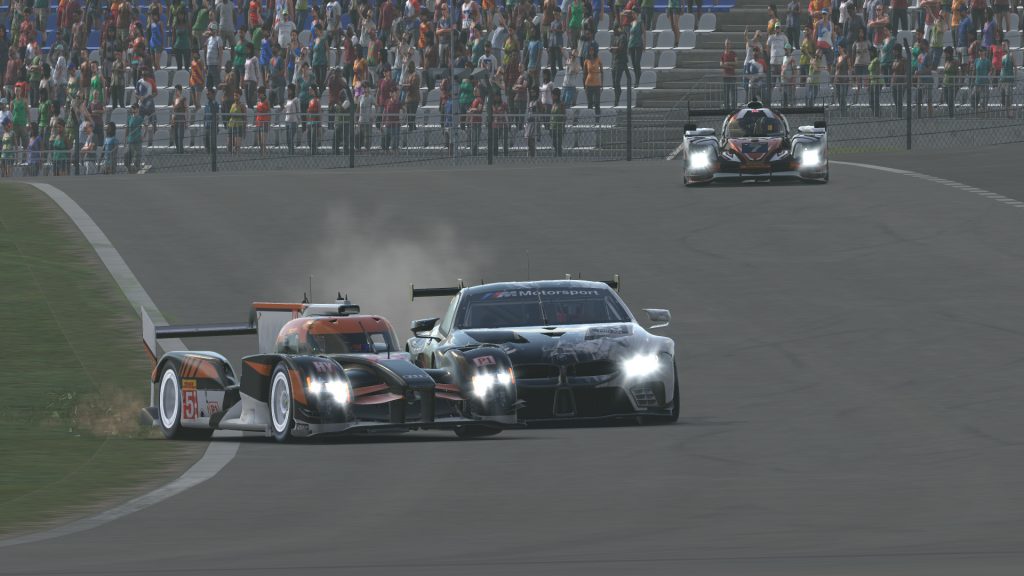
Exiting turn 1, he was about a second ahead of me, and as the boost deployed, I made up that deficit in a hurry. I headed toward the right side of the track, just as I’d done for every car I had passed out of that corner. But the GT driver was also moving from left to right, and as I got alongside him, he clipped me in the left rear and sent me flying into the fence.
He cued the mic and questioned why I tried passing on the right when there was more room to his left. I noted that I was already on the right side when he was still in the middle of the road.
From my view, it was a similar incident as Mike Rockenfeller suffered, ironically in his own Audi R18, at Le Mans in 2011, when the Ferrari driven by Rob Kauffman faded across the track through a right-hand kink.
Given my GT experience, I also tried to see the incident from my competitor’s perspective. While I still think he made an ill-advised move, I can at least sympathize that the closing rate for LMP1 cars is high at that part of the track, and even a GT driver’s best efforts to signal his intentions may be too slow for a boosting prototype to sufficiently react to.
No matter the blame, I entered the weekend with two DNFs, 214 iRating lost, and not much confidence in my ability to complete a race in an LMP1.
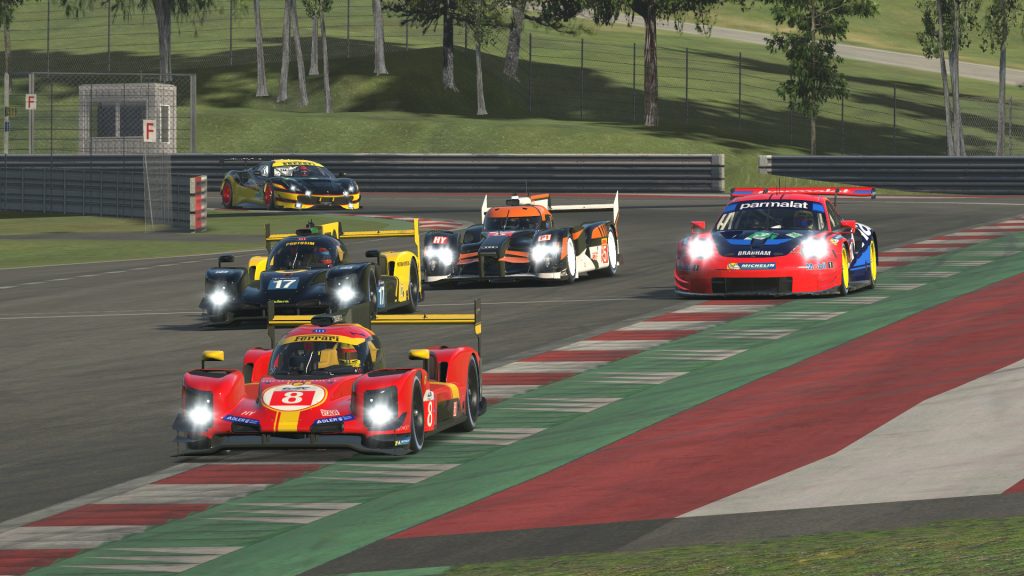
Third Time’s the Charm?
After a few days of reflection, but not much additional practice, I got ready for another race attempt on Sunday afternoon, with one of the most competitive grids of the week in a rare multi-split session for this series.
I qualified in third, a second off the pole and just ahead of a group of cars with similar pace. It seemed like I’d have a good race on my hands if I could just survive.
After a clean start, I settled into third place and a battle that was brewing around me. I even moved up to second – for all of about 100 feet. The car ahead of me ran wide exiting turn 4 and I briefly overtook him before following him straight off the road and into the gravel. After getting back on track, I was still in third but with a new car ahead to chase as we maneuvered through traffic.
It was in close fights like that one where I realized just how important traffic management is in an LMP1 car. Catching a GT car mid-corner can easily cost a second or more, between their slower apex speed and delay in getting back to the throttle.
As such, our battle ebbed and flowed, with my opponent’s lead stretching out to more than two seconds and tightening up to a bumper-to-bumper slalom between GT cars.
I even overtook him around the race’s midway point, which put me literally in the driver’s seat to navigate through traffic and attempt to stretch out an advantage before the pit stops.
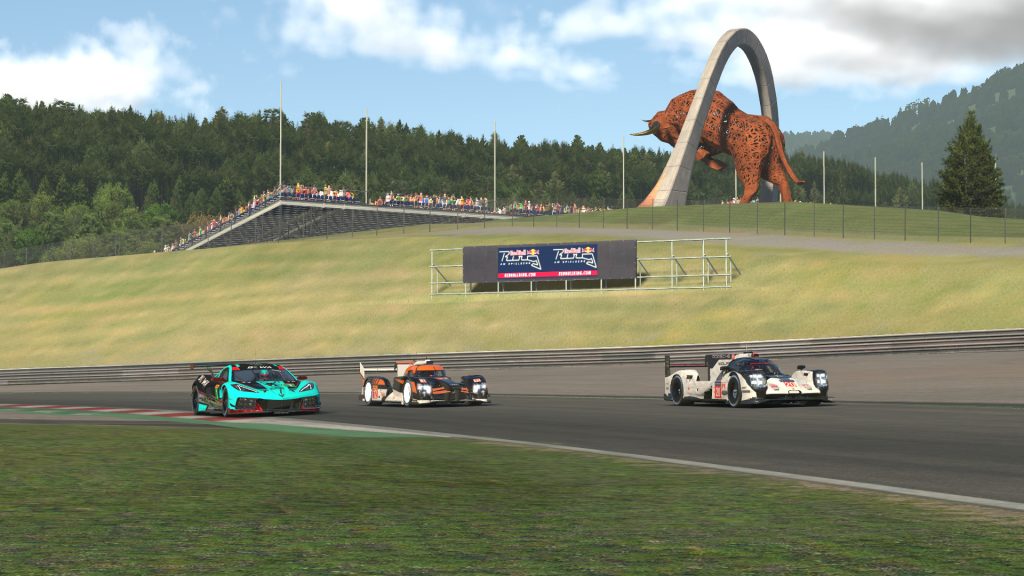
As that moment approached, I realized I had never made a stop in this car, thanks to my first two races ending early. When that moment came, I slowed down exiting the penultimate corner, made a hard right turn for the pit entry – and apparently crossed a line, at least in the eyes of iRacing’s officials.
The Red Bull Ring requires drivers to have all four tires inside of the white line separating the pit entry lane from the track. I had cut across it, which was worth a harsh 40-second stop-and-hold penalty after my pit stop.
That dropped me from a battle for the podium into an also-ran fifth place. It might as well have been purgatory, with no cars near me and little hope of making up any positions. The final minutes of that hour-long race therefore became about just making it to the end and keeping my car on the road.
Even that proved difficult, as I occasionally tried to boost past GT cars to clear them before a braking zone, then failed to compensate for my extra speed and drove straight off the track in the following corner.
For the first time all week, I had reached the finish, but it was a result marred by mistakes that I couldn’t let be my lasting memory of the LMP1s.
So I got ready for one more attempt: a final opportunity to put all of my experience to the test and right the wrongs from three rough races. It would be my last, best chance to prove I could handle these cars before they’re phased out in favor of the shiny new things.
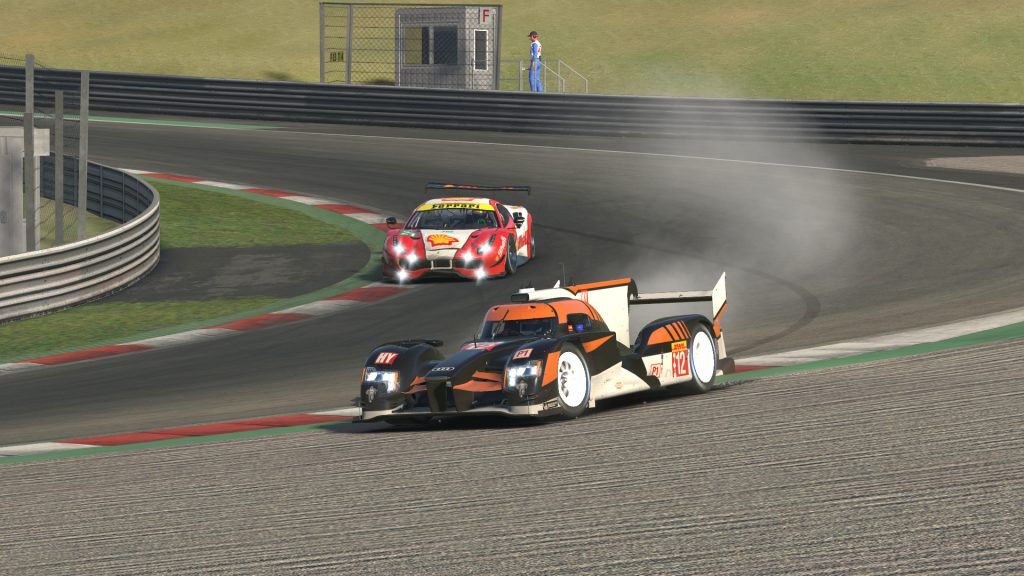
Putting it All Together
This session got off to a rocky start reminiscent of race 2: an off-track in qualifying invalidated my best lap and left me starting at the back of the eight-car LMP1 field.
The pace lap boost again paid off, and I exited turn 1 in third place. The top two had already opened a gap, but one of them soon fell into my clutches.
On cold tires, he overdrove a few corners and climbed the kerbs, which let me get to his rear wing. A few laps later, he clipped the gravel exiting turn 4 and spun across the track. This time, I avoided following him off and dodged his sliding car to take second place.
In the laps that followed, I noticed he continued losing time and positions in a mistake-filled start of his own. Been there, done that, I thought.
The early trips through traffic, including a thick field of 15 GTE cars, again proved crucial to the evolution of this race. While the leader stretched out a nearly ten-second gap, I was caught and passed by a Porsche 919 after catching traffic in all the worst spots.
We spent the next half-hour until the pit stops in a yo-yoing battle together, just as I’d done in the previous race. At times, that meant making some risky maneuvers to limit our time losses, including taking to the kerb to get past one of the GT leaders, which rightfully earned me a headlight flash of frustration – one I’ve given plenty of prototypes in the past.
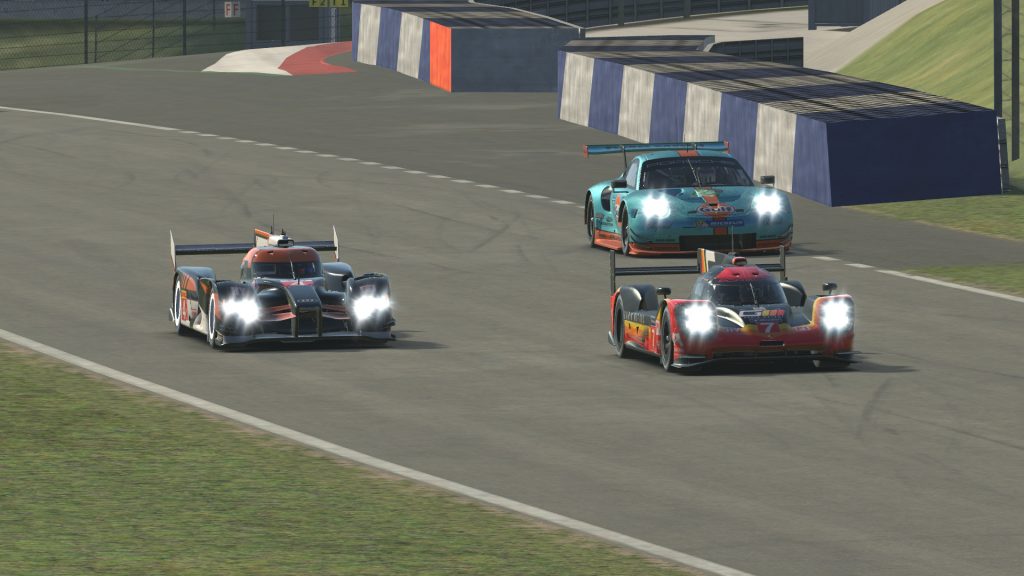
In this race, I was prepared for the pit entry, and I even had a pit strategy ace up my sleeve. In all of my years of GT driving, I’ve gotten used to checking the traffic coming from behind, and sometimes ducking onto pit road a lap or two early to avoid being swallowed up and slowed down by an impatient pack of prototypes.
I did the same thing this race, but by looking out my windshield instead of in my rear-view mirror. As the Porsche ahead of me caught the back of a group of slower cars, I ducked into the pits – legally, this time – and took my splash of fuel before emerging onto a mostly clear track.
After my Porsche opponent finally pitted a few laps later, he was more than four seconds behind. He complimented me on my successful undercut, but both of us knew the race was far from finished.
With ten laps left, I would have to drive smart and safe, but also be speedy to stay ahead. That meant putting in my fastest race laps of the week, consistently in the 1:12s. I had some luck with traffic as well, catching most GT cars on the straightaways, where the LMP1’s boost makes quick work of multi-class passing.
By the end, not only had I kept my closest competition more than four seconds behind me. I had also held the gap to the leader steady at just under 10 seconds, and come within a tenth of matching his fastest lap of the race.
It was all thanks to an error-free – and incident-free – hour of driving, a bit of keen pit strategy, and a better understanding of the LMP1s, informed by my failures in the three races beforehand.
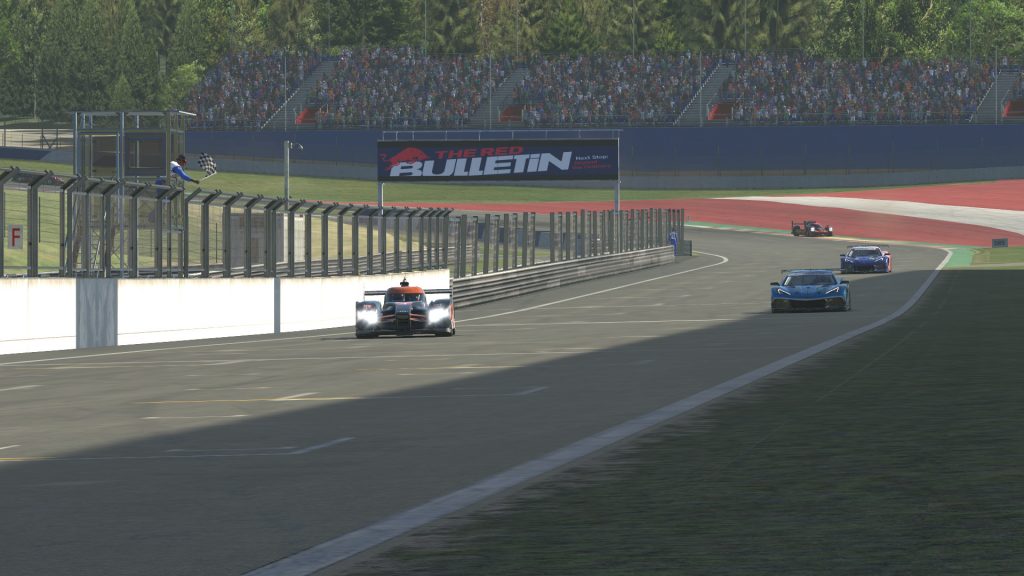
A Powerful Prototype
I certainly can’t say that one week or even one race makes me an expert with these cars. I still never figured out the nuances of the manual deployment mode, for instance, and I never tuned on the setup aside from adjusting the qualifying fuel load.
But as the LMP1 class takes its final laps on the iRacing service, I can at least claim a bit of proficiency behind the wheel with a solid result, and the praise from an evenly matched opponent, to show for it.
This experience also doesn’t change my own preference for GT cars, although it does give me a greater appreciation for the skill needed to drive a top-level prototype. That may have been my most pleasant surprise about the LMP1s: they’re not just spaceships glued to the road with infinite hybrid power at their disposal, as it often seems from the cockpit of a slower car.
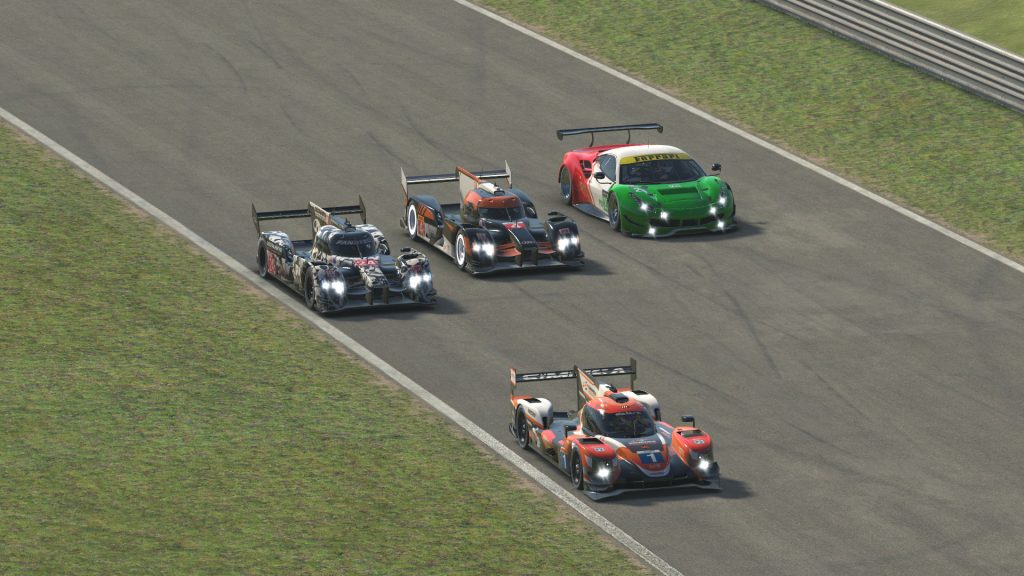
They’re high-performance race cars for sure, but it takes a refined multi-tasking ability to drive them quickly without overdriving, manage traffic, and make sure boost levels are sustainably regenerated and deployed at the right moments for the right duration – for instance, boosting past a slower car before a braking zone without carrying too much speed through the corner.
All week long, through my mistakes and my eventual success, I was reminded of an old saying: with great power comes great responsibility.
I can think of no more apt description of an LMP1 car than that.
Initially, it seemed like too much power for this lowly GT driver to control. I was even on the verge of giving up, cutting my iRating losses, and forgetting about these complicated cars after the first race.
But I’m glad I kept at it, because even after the LMP1s are retired from competition, I’ll be able to say I earned a step on the podium and tamed the top prototypes from this epic generation of endurance racing.